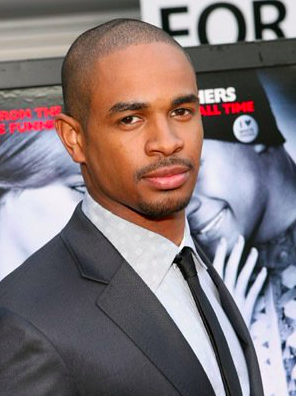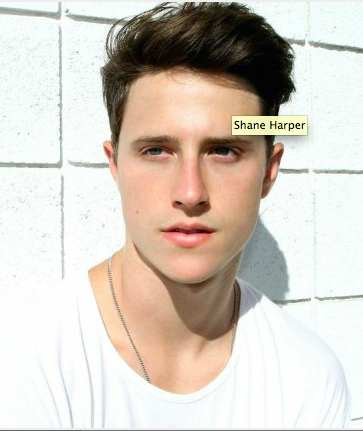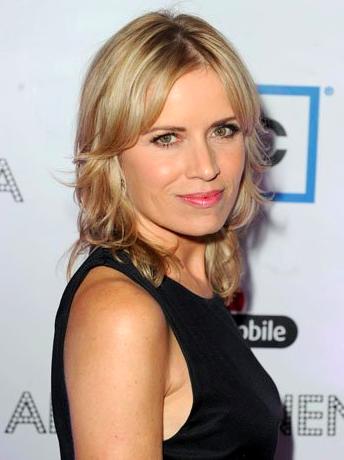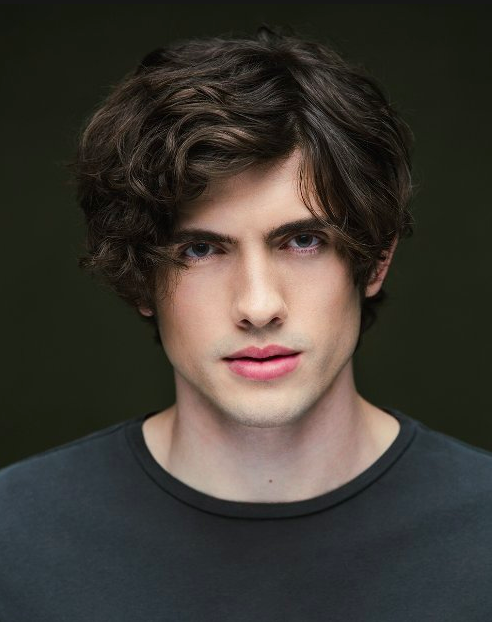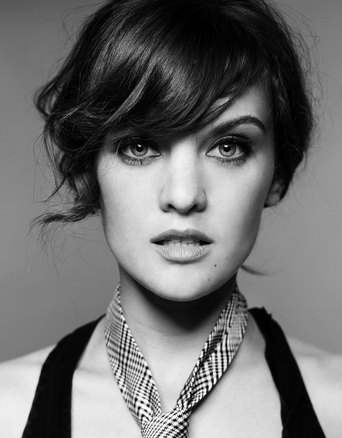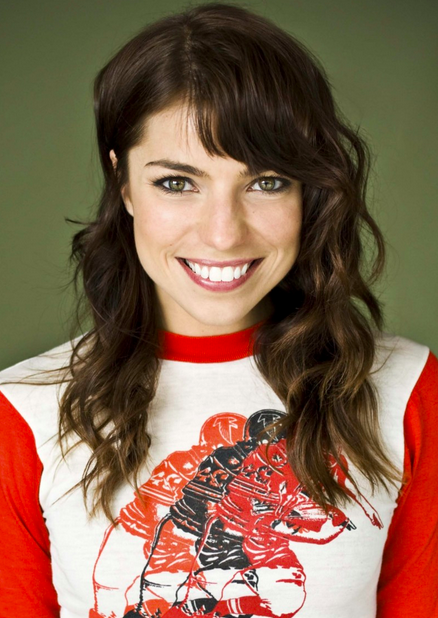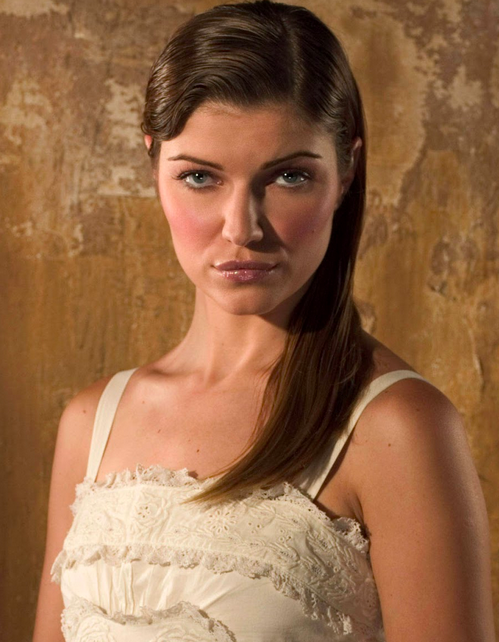The Writing Process: But First, The End
/It’s not a movie until I find the right ending. Sometimes, the final scene is the first idea I have. But, more common, a character, image or line of dialogue strikes first. In these cases, the hard work begins with figuring out what the central conflict will be. What is the protagonist’s insoluble problem?
Most films have a defined “want v. need” that is the source of tension in the movie. Win the fight, but lose the girl. Accept the mission, but never see your family again. Stay loyal to your leader, but let countless people die. For example, Lester really needs to earn respect. But he really wants to fuck his teenage daughter’s best friend. If he does what he so badly wants to do, he has no chance at gaining esteem. But if he exercises restraint, he remains stuck in his bleak existence. It’s lose-lose. Unless the protagonist changes.
The process of change is the meat of the movie, but I have no hope at writing it effectively unless I know where the protag will end up. I don’t move on until I have a scene that shows how the protagonist had to change to achieve her need (which often also becomes her want). For example, if I know that Dorothy tearfully repeats, “There’s no place like home,” as the incantation to return to Kansas, I know she’s achieved her need—or learned her lesson—and now feels grateful for her family. But she’s not at home when this happens—she’s in a totally new world, physically and metaphorically. This means I’ll need to start her emotional journey at the farthest opposite point of where she ends up: total ingratitude.
(And voila, there’s my theme, too, exposed through the transformation: There’s no place like home.)
The transformation I describe can be tragic, where the protagonist learns the lesson but it’s too late. It can be depressing, where she has one final chance to act but doesn’t. Or it can be about his devolution, where he becomes the epitome of his “want”, despite paying a huge price. And there are, of course, dozens of great movies that don’t strictly follow this structure (many biopics and films with ensemble casts, for example). But, before attempting to break the mold, I’d like to try and master it.



